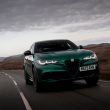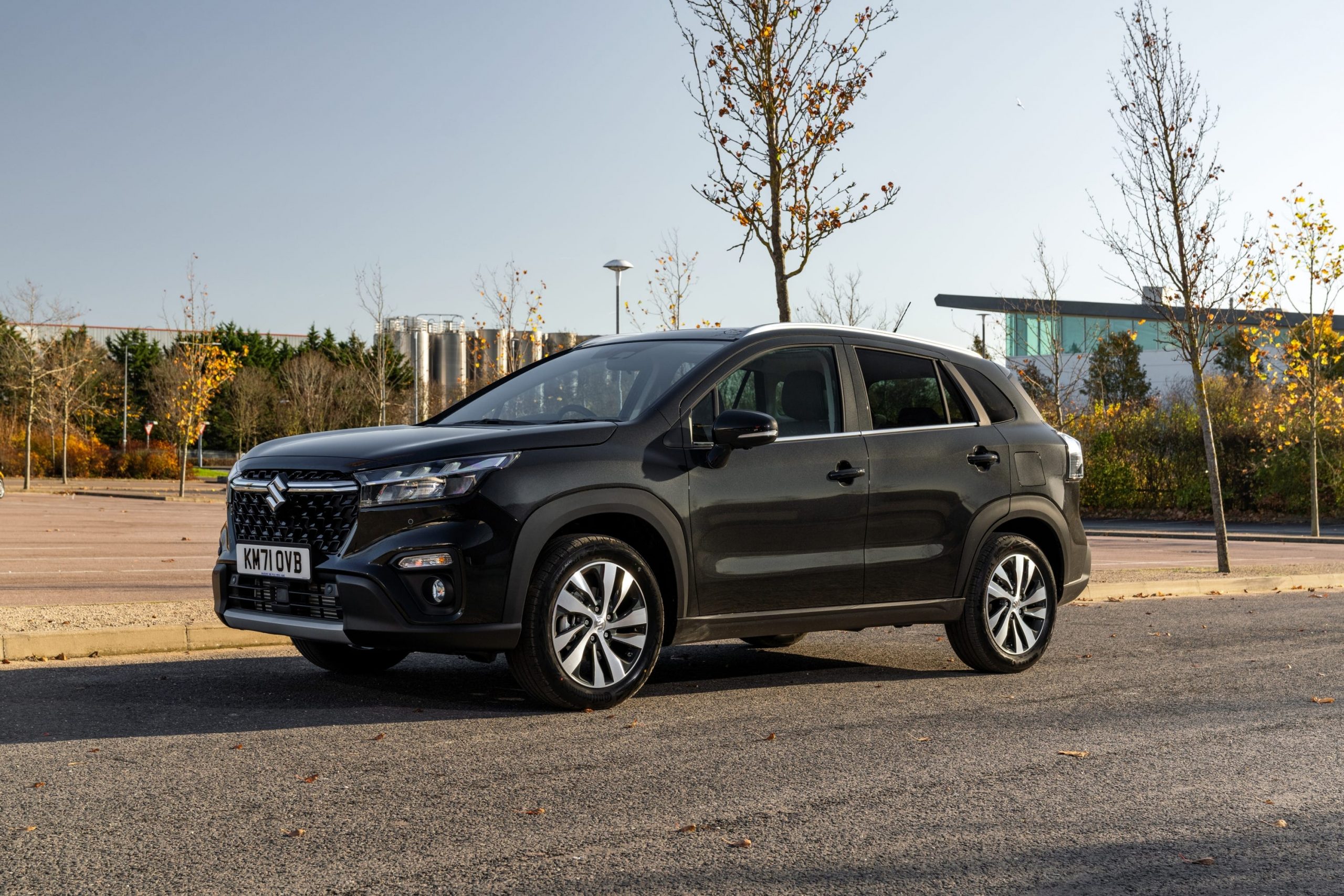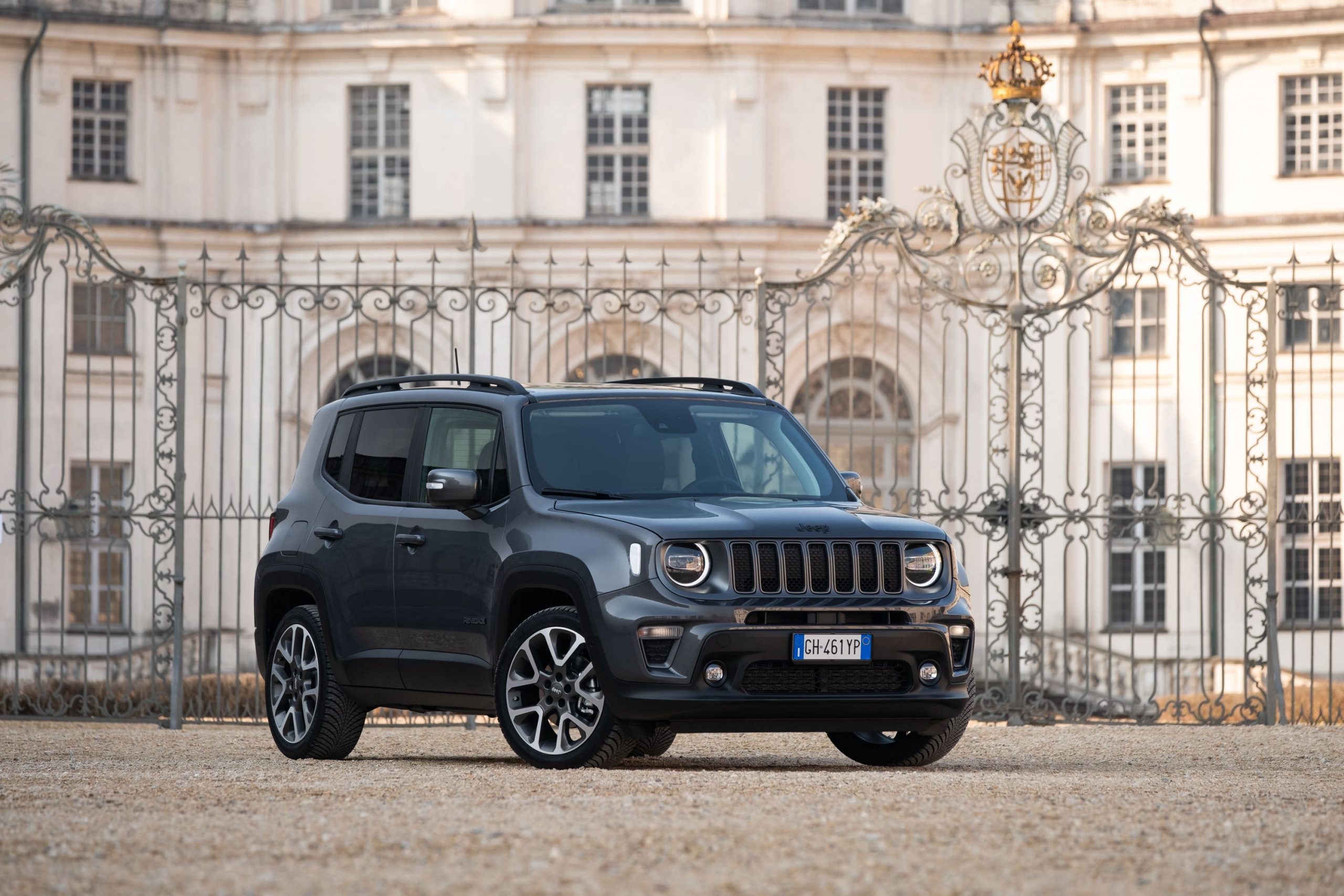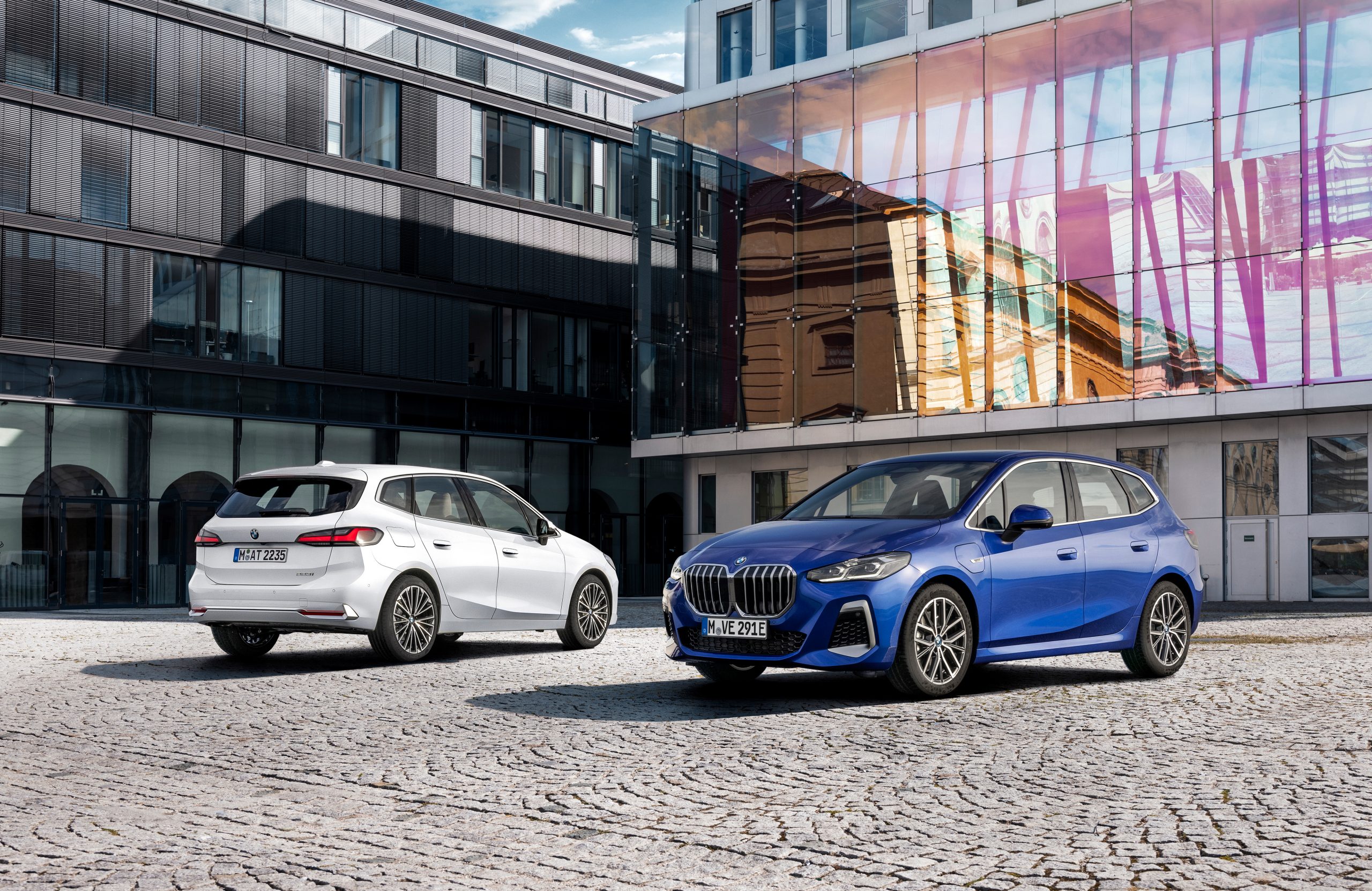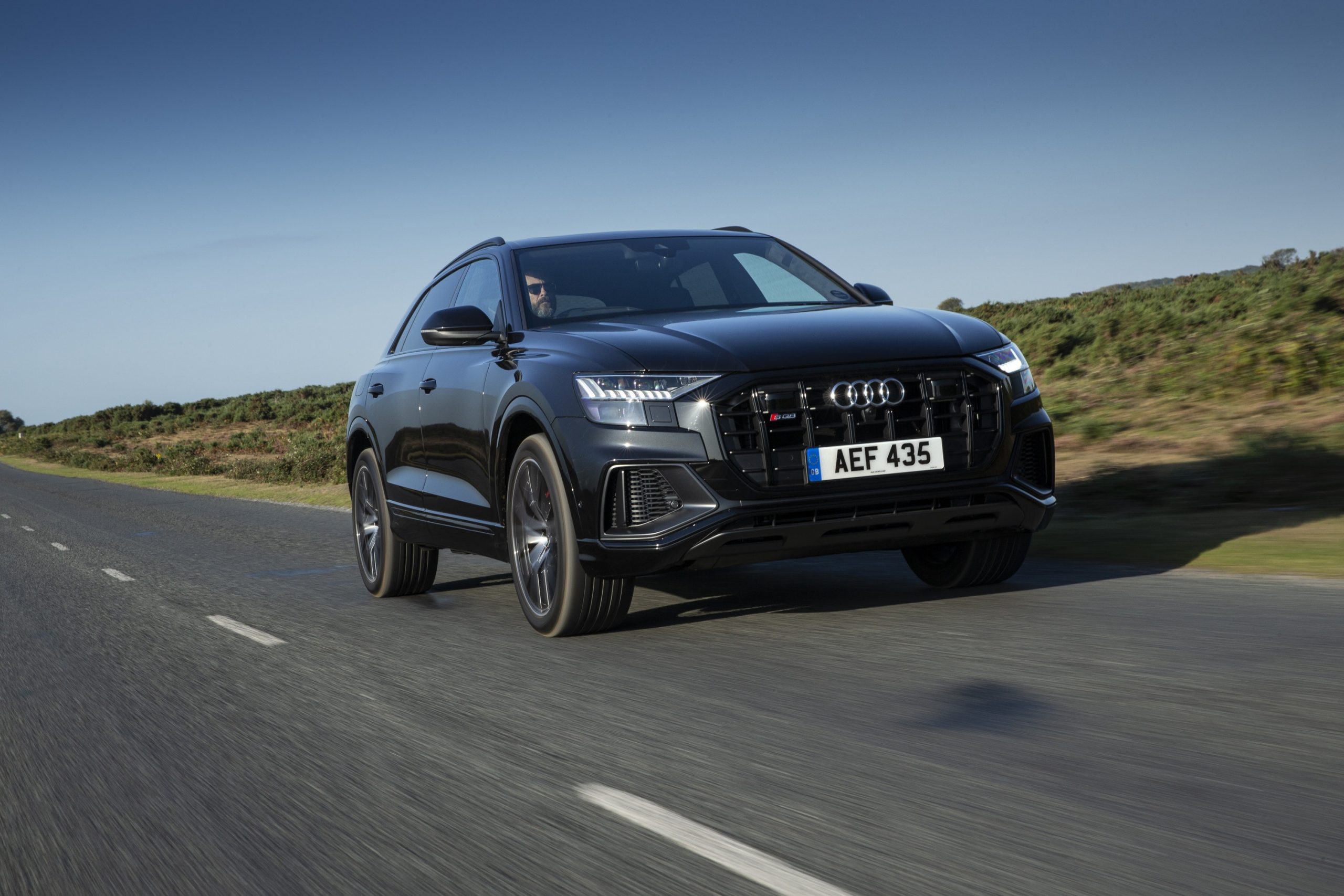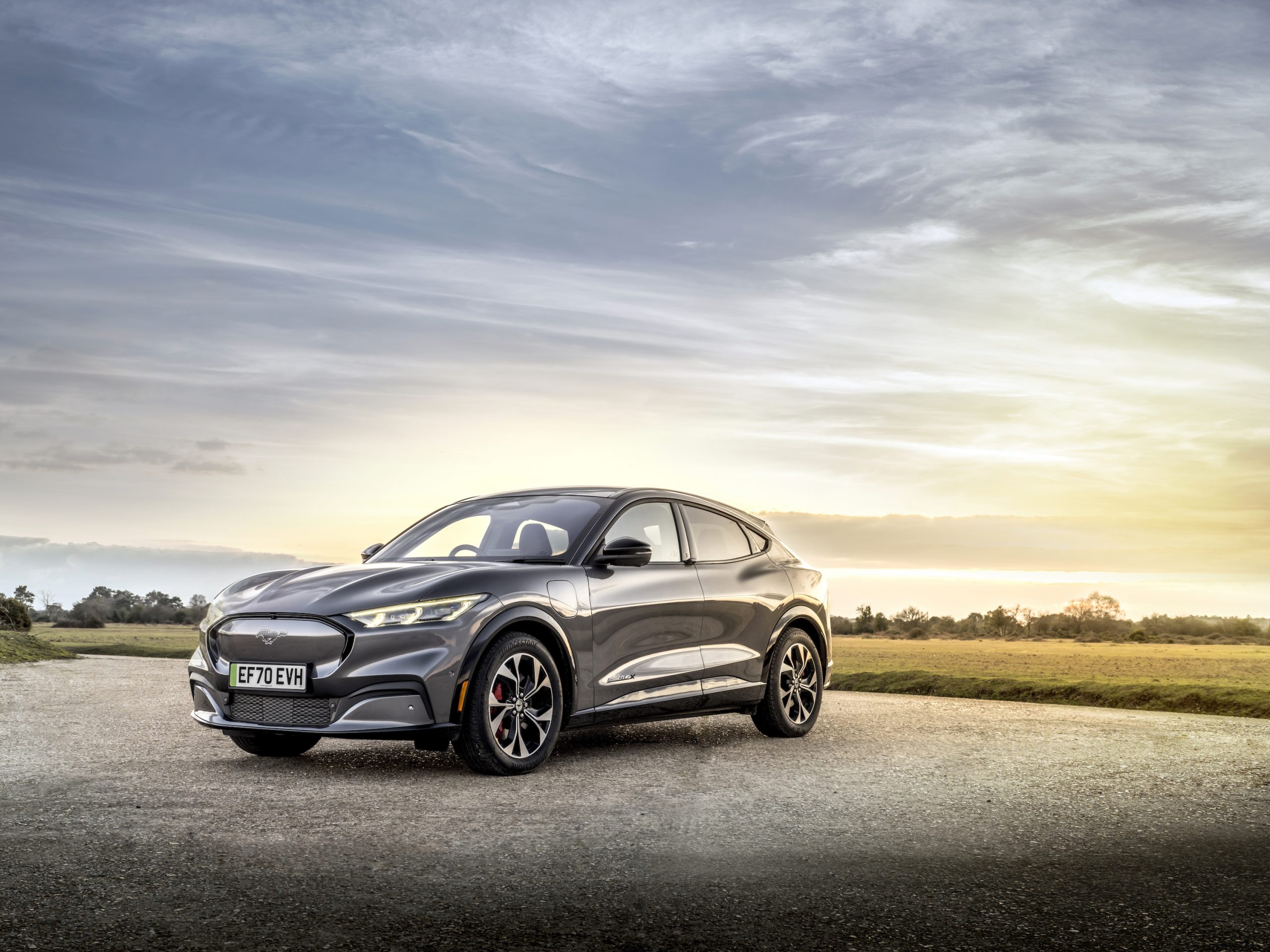Suzuki has released a heavily reworked version of its S-Cross. TED WELFORD sees if it’s worth considering.
Standing out in the crossover segment is no easy task. For starters, there are best-selling models like the Nissan Qashqai and Ford Puma that snap up a huge chunk of sales, while virtually every manufacturer competes in this market.
It can make things quite tricky for less well-known brands such as Suzuki. It’s a firm known for its affordable and compact cars, but these days it’s better regarded for its crossovers and 4x4s. The best-known of them all is the Jimny, which suffers massively from demand outstripping supply, along with the similarly sized Vitara and S-Cross models. It’s the latter we’re focusing on here, but is it good enough to sway people out of their Qashqais?
Described by Suzuki as ‘all-new’, what we’re looking at here is a sizable update to this often-glossed-over model. Though the mild-hybrid powertrain remains the same as before, the S-Cross now boasts a far bolder design, with details of note including a brasher-looking front end, along with a black design piece running across the full width of the rear of the car.

There’s also a new nine-inch touchscreen sitting proud and central in the dash, while Suzuki has revised the trim levels, and included more standard equipment for customers in the process.
Bar Suzuki’s rebadged Toyota models, all of its ‘own’ cars are mild hybrids, with the S-Cross using a turbocharged 1.4-litre petrol engine that develops 127bhp and 235Nm of torque. Our test car uses a six-speed manual gearbox, though an automatic option is also available. That mild-hybrid system, while not able to drive the car on electric power alone, does feature a noticeable amount of regenerative braking, which charges the battery when decelerating, and is excellently engineered so it’s not at all intrusive.
You can also choose it with ‘Allgrip’ four-wheel-drive if you’re wanting that extra grip – which our car features – though a front-wheel-drive model is the default. With that Allgrip system, the S-Cross can accelerate to 60mph in 10 seconds and can hit a top speed of 118mph. As for efficiency, it’s surprisingly frugal – particularly for a 4×4 – with Suzuki claiming 47.9mpg and 133g/km CO2 emissions, or 53.2mpg and 120g/km if you go with the front-wheel-drive version.

While Suzuki has made a range of changes to the way the S-Cross drives, it continues to be a bit rough around the edges, with refinement being its real low point – you’ll want to whack up the radio volume to drone out the road noise.
It’s not all bad, though, with its mild-hybrid engine being a highlight. Despite a relatively modest power output, it offers a decent turn of pace, and really lives up to its ‘Boosterjet’ name, while at the same time being quite frugal. This is in-part achieved by its lightness, with the S-Cross being a good 200kg lighter than a Qashqai, and helps to make it feel relatively agile for a vehicle of this type.
It’s surprisingly accomplished off-road too, with dedicated ‘Snow’ and ‘Lock’ modes really helping in more challenging conditions. If you live somewhere remote or down a muddy farm track, the Allgrip system is worth having.

In previous years, the Suzuki S-Cross wasn’t blessed with style, instead being a vehicle you could probably walk past in a car park – even if it belonged to you. The new model is certainly a more striking-looking thing, even if it might not be for all the right reasons.
Starting with the front, you now get more grille for your money, while there’s an attempt at some Audi-esque LED daytime running lights. At the rear, the S-Cross gets a new black bar that runs across the full width. At first glance it looks like a fancy LED light bar, but it’s a bit underwhelming when you realise only the outer edges actually light up. On a more positive note, the S-Cross manages to look reassuringly sturdy, all while retaining smaller dimensions that make it easier to drive and park.

The S-Cross’s real letdown is its interior, which lacks the finesse and quality of the majority of its rivals. On first glance, it looks quite pleasant, with a smart new nine-inch touchscreen introduced. However, it’s not intuitive to use at all, and pretty slow too – feeling like a backwards step to the system used in older Suzuki models.
Much of the cabin also feels quite cheap, with many low-rent plastics being used – the heated seat buttons and indicator and wiper stalks feel like they’ve been taken from something 25 years old. One redeeming feature, though, is the full-length, opening sunroof, which lets plenty of light into an otherwise drab interior. It significantly eats into rear headroom, though, so if adults or taller teens sit in the back seats regularly, you might want to look elsewhere.
Suzuki has always been known for giving customers plenty for their money, and the S-Cross is no exception. As standard, the Motion model comes equipped with 17-inch alloy wheels, LED headlights, heated front seats and a whole suite of driver assistance kit – such as adaptive cruise control and blind spot monitoring. The assists did seem quite temperamental on our test car, though, with even the lightest fog patch disabling them.

If you upgrade to the top-spec Ultra, like it or not it gains four-wheel-drive, along with leather upholstery, a 360-degree camera, larger nine-inch touchscreen with satellite navigation and a panoramic glass sunroof.
There are some real highlights of the Suzuki S-Cross that will be enough to tempt some buyers to sign on the dotted line. Its value and equipment levels will appease those keeping an eye on the costs – as will its efficient engines – while its off-roading capability is genuinely impressive, and a bit of a rarity in this class.
The trouble with the S-Cross is the fierce competition it faces, and in a class brimmed with other choices, its low-quality interior with disappointing comfort and refinement levels just doesn’t quite cut it.





